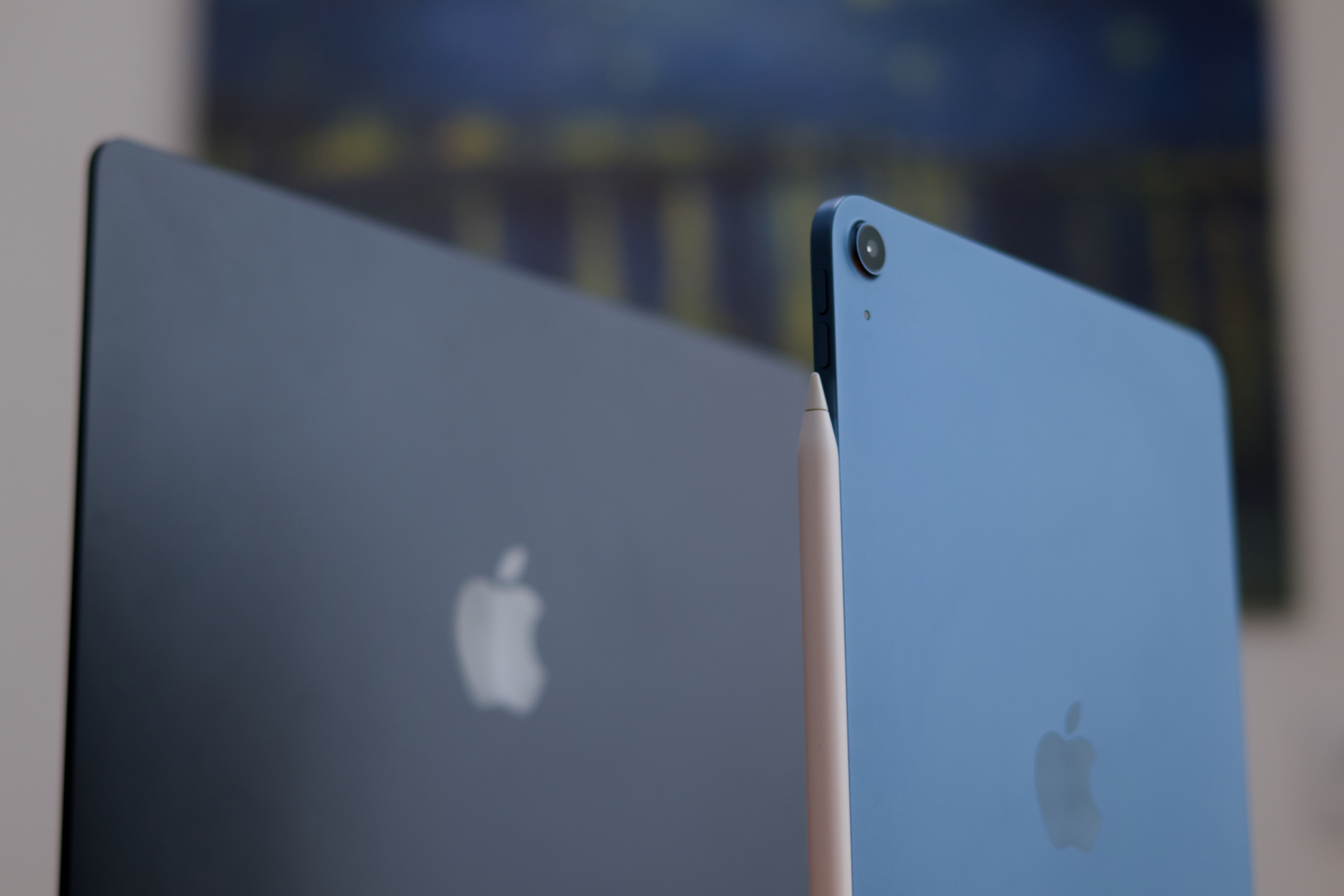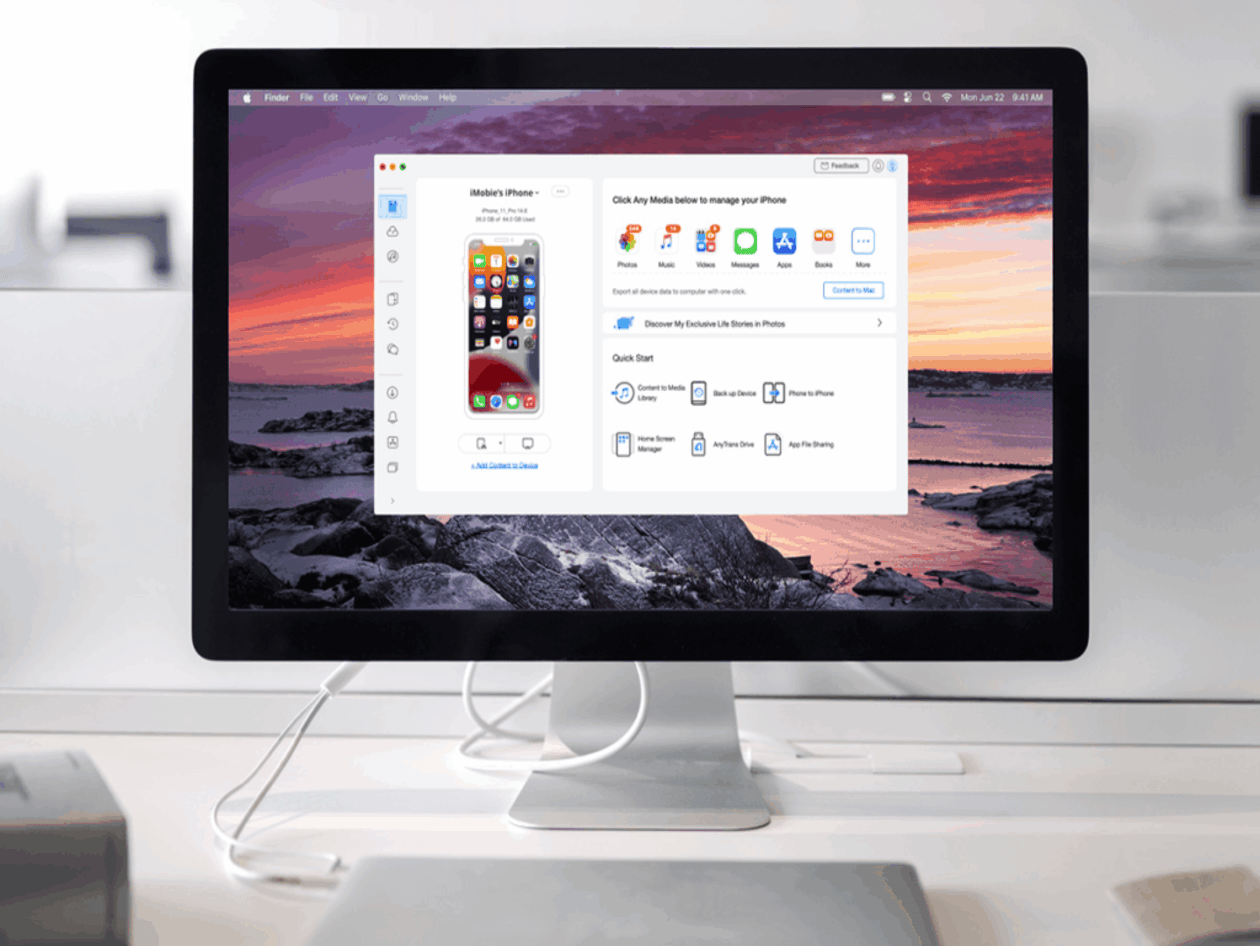Now Reading: IPad’s Transformation into Mac Hinges on 9 Essential Features
-
01
IPad’s Transformation into Mac Hinges on 9 Essential Features
IPad’s Transformation into Mac Hinges on 9 Essential Features

Fast Summary
- Background: The article examines whether iPads can replace MacBooks for productivity tasks, highlighting the hardware strengths of flagship iPads equipped with Apple’s M-series chipsets and software challenges with iPadOS.
- Key Limitations Identified:
– Restricted App store access; inability to install third-party apps outside Apple’s ecosystem.
– Limited multitasking capabilities compared to macOS window management.
– Absence of multiple user profiles for device sharing.
– Oversized cursor design less intuitive than macOS’s pointer system.
– Built-in apps mimicking iPhone functionality instead of leveraging larger displays effectively.
– Restrictions on extended work environments (single external monitor support).
– Lack of compatibility between iPadOS and Mac-exclusive software like Xcode and Final Cut Pro in their desktop editions.
– Missing Continuity features present in macOS, such as AirPlay receiving and full local backups for connected devices.
- Author’s conclusion: Apple may avoid implementing these improvements to prevent cannibalizing MacBook sales. Incremental updates fail to position iPads as effective replacements for conventional laptops.
Indian Opinion Analysis
The debate over whether high-end tablets like the iPad Pro can truly replace laptops is key in evaluating productivity tools’ evolution. While Apple’s hardware innovations place the device at par with Macs performance-wise, constraints within its operating system limit utility for advanced workflows. For India-where affordability often weighs heavily against purchase decisions-the inability to fully leverage high-cost devices might discourage usage beyond casual tasks or education-focused environments.
A pivotal consideration could be localization needs; flexible app installation allows customized solutions often preferred by small businesses and professionals here but remains restricted under Apple’s current policies. Expanding functionality (such as enabling direct app downloads or supporting multi-monitor setups) has the potential to streamline diverse working styles globally-including India-without meaningful reliance on desktops or Macs.
The conversation reflects broader trends in tech adoption across developing markets-a reminder that access must align more closely with varied needs rather than premium exclusivity strategies alone.




























